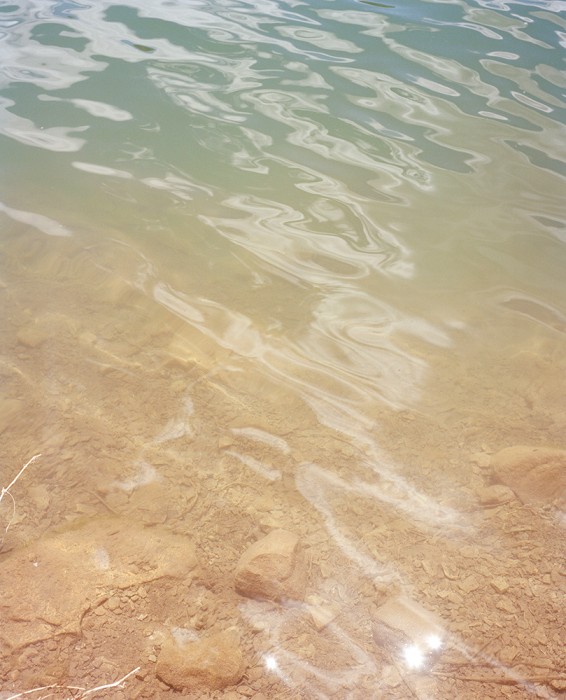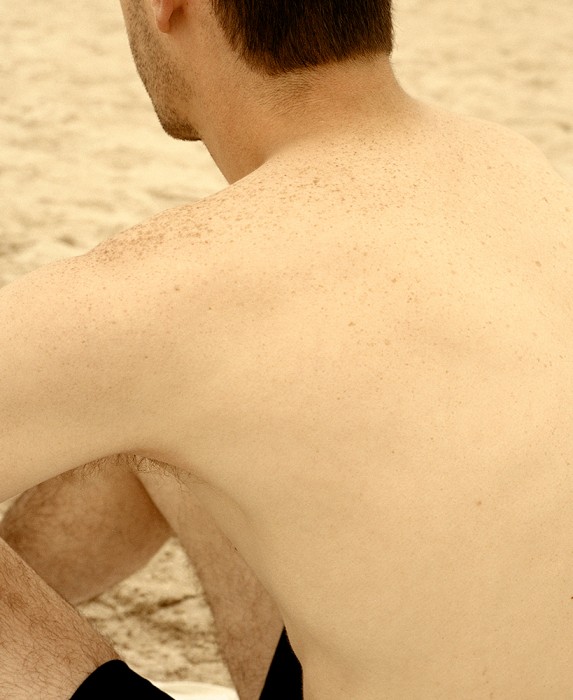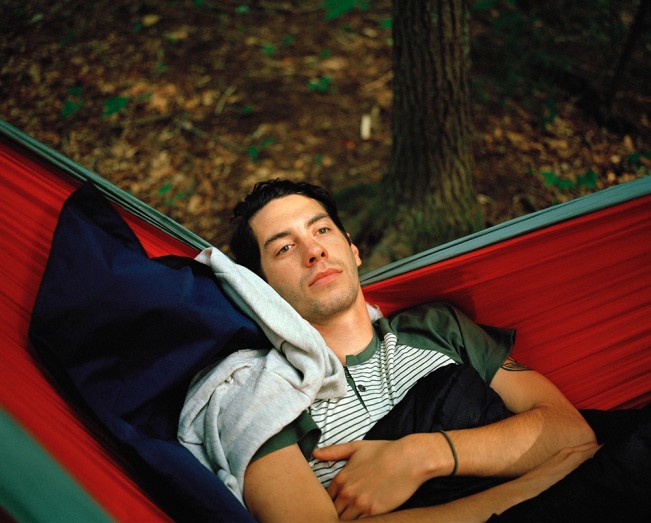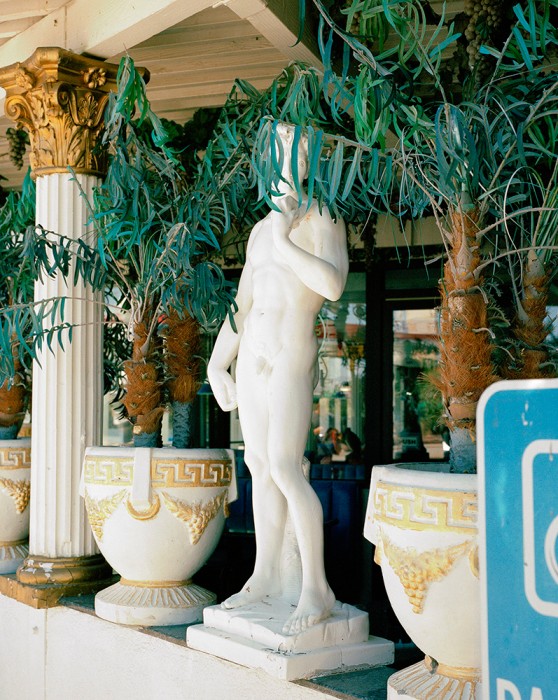Caroline Tompkins: Rider
Caroline Tompkins embarks on the American road in her new body of work Rider. After graduating from college, Caroline was presented with the opportunity to sit in the passenger seat of a big rig truck. The American road has historically been a subject dominated by the male gaze, and Caroline, as she documents life on the road, calls into question the ownership of this concept. I had the chance to further speak with Caroline about this body of work, her process of photographing, and the realities of living on a big rig.
Originating from Cincinnati, OH, Caroline Tompkins received a BFA in Photography from the School of Visual Arts in New York City. Her work has been featured in the Huffington Post, Al Jazeera America, BBC, and Dazed among others. She has exhibited nationally and internationally, most recently at Combustion Espontanea in Madrid, Spain. Caroline, currently living in Brooklyn, works as a freelance photographer, photo editor at Bloomberg Businessweek, and zine lady at Girl Pains. She tries to care as much as she can.
I see you just graduated from the School of Visual Arts. Was this lifestyle change due to this freedom?
Graduating art school is a funny thing. You spend 21 years of your life being a student, then suddenly you’re unemployed with a BFA in Photography. I had an opportunity shortly after finishing school to join someone, the man pictured, while he was working as a long-distance truck driver. I’d be lying if I said I wasn’t escaping something. However, I think that’s what so much of driving a truck is about, to escape. The nature of the job allows you to erase yourself from society in almost every sense, so it seemed very appealing to have the chance to disappear. Also, I’m a photographer. So, in my mind, if you get a chance to live on a truck, travel the country, and make photographs for an undetermined amount of time, you take it.
Was it hard adapting to life on a big rig?
I am by no means an authority on living in an 18-wheeler. People do it for 30-40 years, I did it for a few months. It’s not my job; it was the person I was with’s job. So by many standards, I was a tourist in the passenger seat to a culture I’m not a part of. With that said, driving a truck is not a woman’s world, at least not publicly. I hardly saw women drivers or spouses, and if I did, they would fuel up, go into the rest stop to grab essentials, then b-line it back to their truck for the night. They’re even less a part of what is already an estranged community. Then there was me, a New York-looking woman wearing crop tops and high-waisted jeans walking around construction sites and truck stops. I think many of the men I encountered didn’t know what to do with me. They’d either talk to the man I was with like I wasn’t there, or they’d ask me how much I cost. I felt like I didn’t meet anyone.
Your life on a truck is determined by its limitations. I mean, think about all of your favorite restaurants, stores, landmarks, cities even, then think about whether or not you can park a truck at any of them. I’m going to go ahead and tell you the answer is probably no; you can’t. What this means is you’re often subject to convenience store food, Denny’s, or a Walmart if you can get to one. Think about having this amazing job where you see the most beautiful things the country has to offer every single day, the only exception is that those beautiful things quickly pass you by, and you’re stuck looking at them behind a glass window.
Between the initial appeal of disappearing for a while, to the reality of living on a big rig, do you think there was a transition in the way you were photographing the experience?
I assumed I would have a lot more access and agency than what occurred in reality. The guy I was with told me he wasn’t comfortable with me making pictures. I hardly saw the women I was so desperate to photograph. I was never in any place long enough to feel like I could make work about it. I shifted my interest into making a personal account rather than a general account – to make work about that loneliness and disillusionment I was feeling, to make work about sex, to make work about what’s it’s like to be the woman sitting in the passenger seat.
The road as a concept has a rich history with photography, one that is mainly male-driven. Did you think about these themes while you were traveling or were you in a totally different mindset?
Yeah of course. The photographic American landscape is a male landscape. The photographic American road is a male road. I spent most of my time in undergrad exploring what happens when females enter typically male spaces, which is why I wanted to enter this one. I’ve been thinking a lot about what the female gaze looks like. What female desire looks like. The nude photo included is a classically female pose created by men, but the roles are flipped. The photo of the glory hole is a woman looking at a woman recognizing the absence of a man. The yonic and phallic forms in the photographs are designed to insert myself into that male conversation, to wedge in female desire.
What was one of the strangest things that happened on the road? Something you would never have predicted would happen.
Unfortunately, I don’t have a “Well, this one night,” story that I think you’re looking for. I was kinetic wallpaper more than anything. I would spend my time watching the homosociality of other drivers always trying to one-up each other. Immediately gauging how long the other had been driving for just to get the opportunity to ‘teach you a thing or two’. I loved meeting a woman who worked at an adult video store in Missouri that was so excited to show me the cum-stained glory holes. It was so important for me to drive through Nevada at dusk watching hundreds of jackrabbits run across the road. I saw a lot of great sunsets. Every night was a good night for stars.
Posts on Lenscratch may not be reproduced without the permission of the Lenscratch staff and the photographer.
Recommended
-
Paccarik Orue: El MuquiDecember 9th, 2025
-
Lauri Gaffin: Moving Still: A Cinematic Life Frame-by-FrameDecember 4th, 2025
-
Dani Tranchesi: Ordinary MiraclesNovember 30th, 2025
-
Art of Documentary Photography: Elliot RossOctober 30th, 2025
-
The Art of Documentary Photography: Carol GuzyOctober 29th, 2025









































































